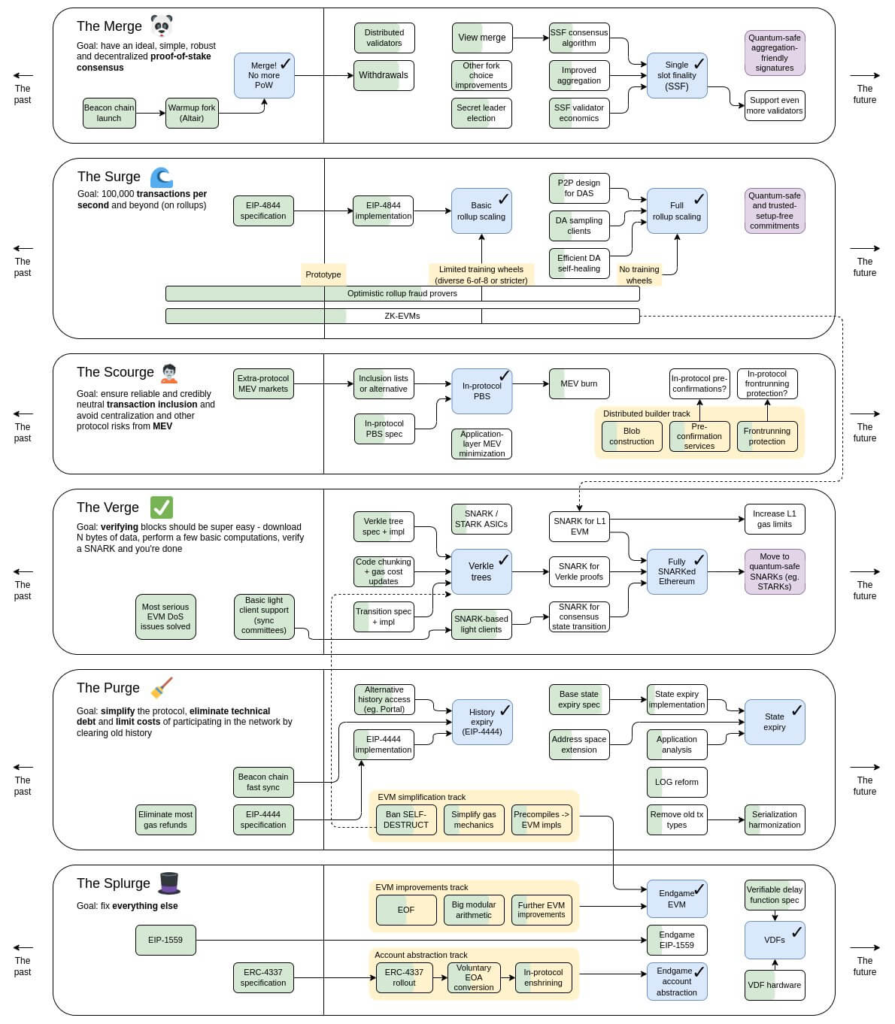Ethereum developers are gearing up for the blockchain’s most significant upgrade in a year, known as Dencun. The team has officially confirmed the dates for implementing the changes on two critical test networks, Sepolia and Holesky, serving as the final steps before deploying the upgrade on the main network.
To ensure a smooth transition to the main network, developers have scheduled deployments on the Sepolia and Holesky testnets on January 30 and February 7, respectively. The Dencun upgrade was successfully activated on the Goerli testnet on January 17, 2024. If all goes according to plan, Dencun will deploy on the main Ethereum network in late February or early March.
The upgrade includes several changes, most notably the introduction of ephemeral data blobs with EIP-4844, also known as “proto-danksharding”, a technical feature set to reduce transaction costs on layer 2s and enable more cost-effective data availability on the blockchain.

Dencun follows last year’s Shapella upgrade, which allows users to withdraw staked ETH from Beacon Chain. The Dencun upgrade introduces a significant change for Layer 2 transactions by allowing them to be sent to the Ethereum network through blobspace, an alternative to the current transactional calldata mechanism.
Currently, calldata accounts for 90% of L2 gas costs. As a result, the L2 transaction fee increases when the Ethereum mainnet gas fee surges. With Dencun, Layer 2s can leverage the new blobspace mechanism, significantly lowering gas costs compared to the traditional calldata method. We could see L2 gas prices settle at lower levels, which means a lower amount of ether will be burned.

While the reduction in ether burned could impact the growth of the ether supply, experts suggest that Layer 1 demand plays a more significant role in driving deflation. The primary goal of the Dencun upgrade is to decrease gas fees for users transacting using layer 2 rollups, attracting more activity to the network due to lower transaction fees.





